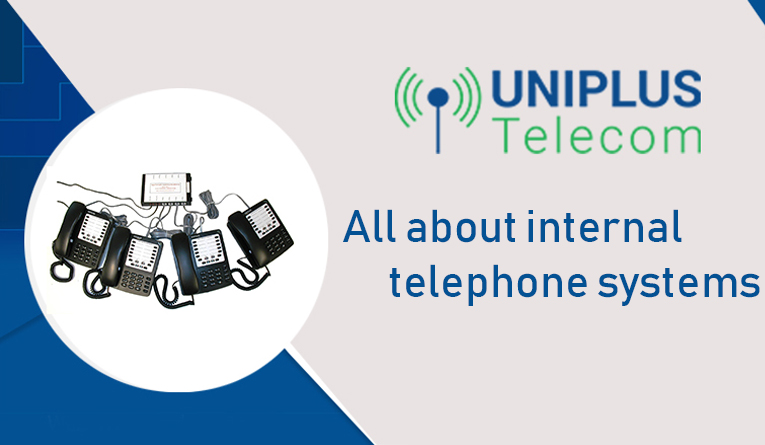Telephone usage has changed in recent years. Despite the emergence of the digital technology, it still remains the commonest form of communication around the world. A telephonic conversation not only helps foster clear communication but also allows to build stronger relationships.
A majority of users focus their attention on using the telephone rather than getting into its intricate details, especially of an internal telephone system. However, knowing the ins and outs of how it operates will not help you troubleshoot certain common issues but also understand the plan of your telecom company in a better way. Here’s what you need to know about it. Internal Telephone System An internal telephone system can be defined as a telephone line which interacts with the private branch exchange (PBX). For communication and telephony features, the phone lines function in collaboration with the system. Every telecom company reviews the telephone systems and keeps them updated with the view to provide the latest technology to its customers. How an Internal Telephone System Communicates The PBX houses numerous internal lines. These lines allow the telephone subscribers to speak over the phone line with one another. In offices, a connection to the internal lines can be established by virtue of an extension. In case of an incoming call, it is first transferred and then connected to a PSTN (Public Switch Telephone Network) line. Next, the lines seek to answer the call. The technology is particularly suitable for businesses as it enables handling of a large volume of calls with ease. Benefits- Offers a better platform for communication both at homes and workplaces
- Serves as an efficient and cost-effective solution for communication
- Offers a host of improved features
- Gives a greater degree of flexibility



